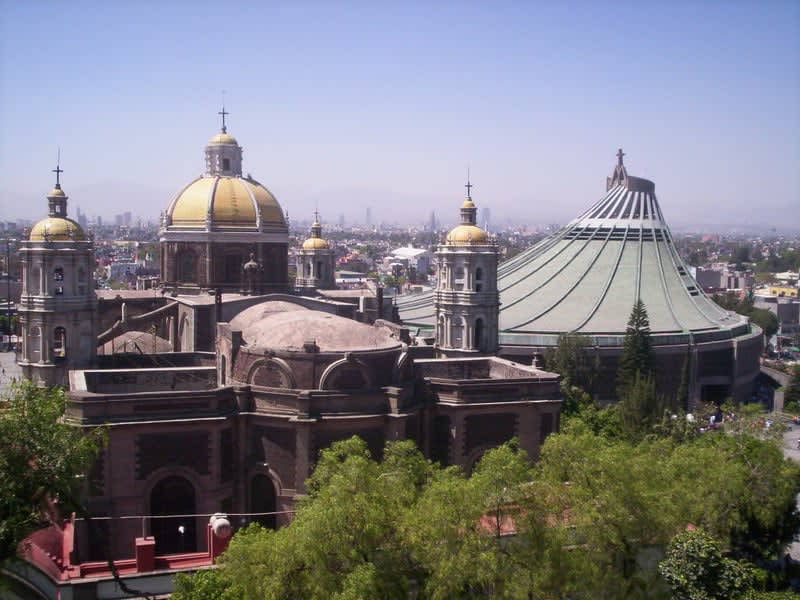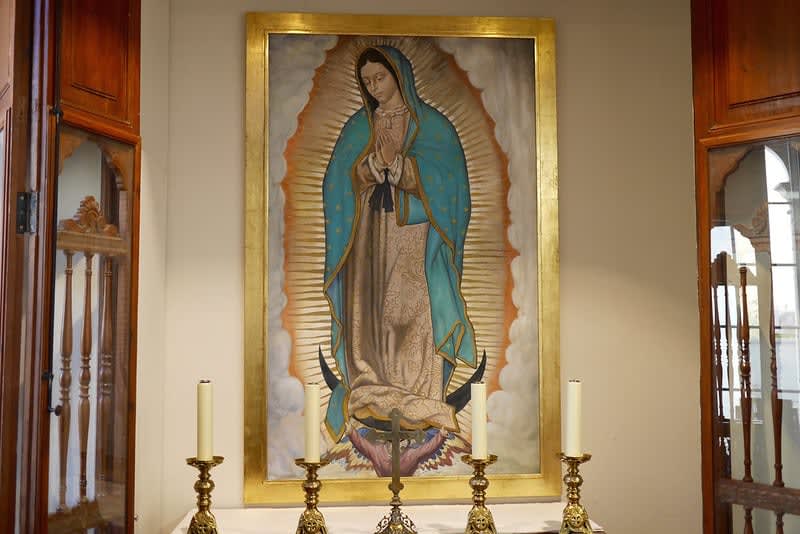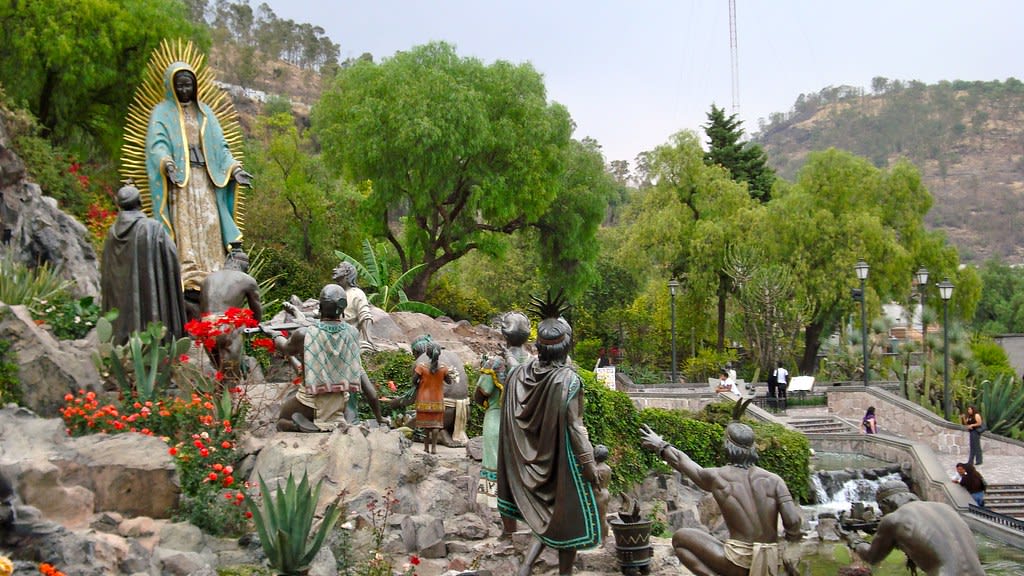
Our Lady of Guadalupe’s Light of Hope in Mexican History
Our Lady of Guadalupe’s Light of Hope in Mexican History
With more than four centuries of tradition, the Our Lady of Guadalupe (Virgen de Guadalupe) cult remains the dominant symbol of catholicism in Mexico.
In the life of the faithful, it goes beyond faith itself. It is an act of national identity, especially on December 12.
Millions of believers profess their worship with greater devotion by going to the hill of Tepeyac to ask for help or “to give thanks for favors received.”
The Virgin of Guadalupe is one of the religious images that is part of the identity of Mexicans who gather every December 12 to sing her “las mañanitas” (happy birthday).
More than 400 years after her appearance on the hill of Tepeyac, millions of Mexicans turn to her when they have a problem or need help in difficult times.
Is Our Lady of Guadalupe Mexican?
Although her image has been strongly associated with Mexican religious traditions, Our Lady of Guadalupe is not Mexican.
Historically, it is unknown exactly when and where she was “born.”
However, it is believed to be from Spain, as she was brought to Mexico by the Spanish conquistadors.
History of the Virgin of Guadalupe

According to tradition, Our Lady of Guadalupe appeared to Juan Diego (Mexico’s First Indigenous Saint) on December 12, 1531, on the hill of Tepeyac.
The story goes that one Saturday morning in 1531, an Indian named Juan Diego was on his way to Mexico City to attend mass and participate in catechism classes.
However, he heard a voice calling his name when he reached Tepeyac hill.
Disbelieving the voice he heard in the middle of nowhere, Juan Diego began to walk following it until he came across a charming woman whose dress was so bright that it could be compared to the sun.
That lady told Juan Diego that she was the Virgin Mary and that she needed a temple on that hill:
“I am the Virgin Mary, Mother of the true God, through whom one lives.”
“I earnestly desire that a temple be built for me here so that I may show and lavish all my love, compassion, help, and defense on all the inhabitants of this land and all those who invoke me and trust me.”
“Go to the Lord Bishop and tell him I desire a temple in this plain. Go and put all your efforts into it.”
Immediately Juan Diego went running and did not stop until he reached the church in Mexico City.
Is Our Lady of Guadalupe the same as the Virgin Mary?

According to the Catholic Church, the Virgin Mary is the mother of Jesus Christ, son of the creator of the Earth.
Throughout the years, she has had “apparitions” in different places and times, so her name and advocacy vary.
Although all of them are important, the Virgin of Guadalupe and the Virgin Mary are the most representative invocations of the world, especially in Latin America.
In both cases, it is the same saint; however, their festivities are celebrated on different days.
Virgin Mary
Mary was born in Nazareth, Galilee, 18 or 23 years before the birth of Christ.
She was Jewish, and her parents were Joachim and Anna. When she was old enough, she became engaged to Joseph.
Before she married, she was chosen by God to be the mother of the “Son of God.”
Both Joseph and Mary raised the “savior of the earth.”
Our Lady of Guadalupe
The Virgin of Guadalupe, also known as “Our Lady of Guadalupe,” is a religious symbol of great importance for Mexicans.
This cult became relevant in 1531. As I mentioned before, she appeared on the hill of Tepeyac to a humble man named Juan Diego, asking him to take her to Fray Juan de Zumárraga and build a temple.
Where is the Tepeyac Hill?

The famous Tepeyac hill is now a 1,500-hectare reserve between Mexico City and the State of Mexico.
In 1937 this place was decreed a national park.
However, nowadays, the local authorities are still fighting against uncontrolled tourism practices, so people must respect and value the environment.
The reserve has several hills: El Tepeyac, Guerrero, Santa Isabel, and Los Gachupines.
Since the pre-Hispanic period, the area was a ceremonial center of great importance for the Aztec culture.